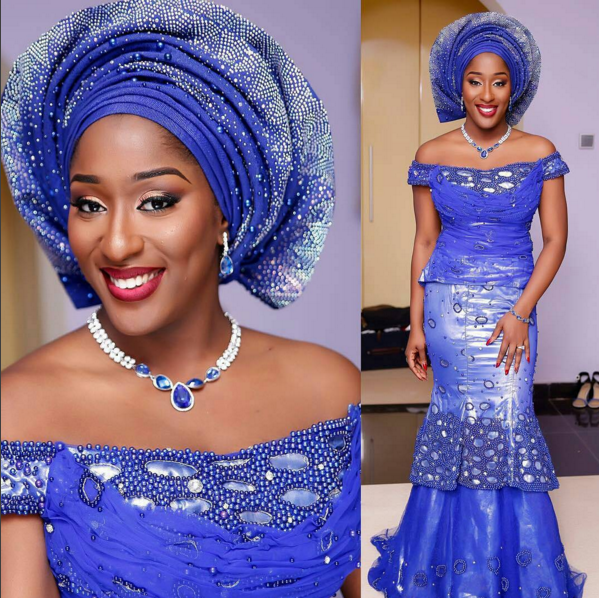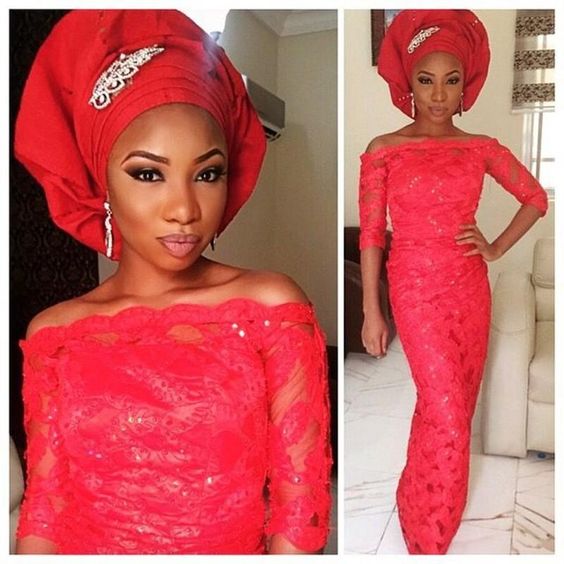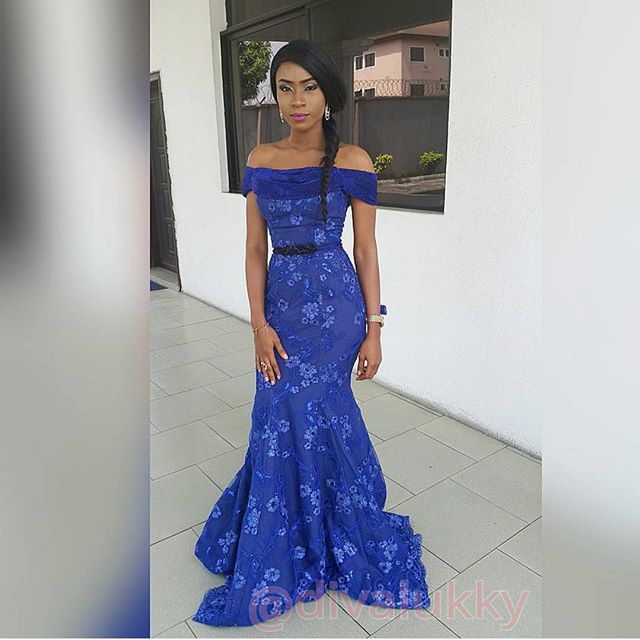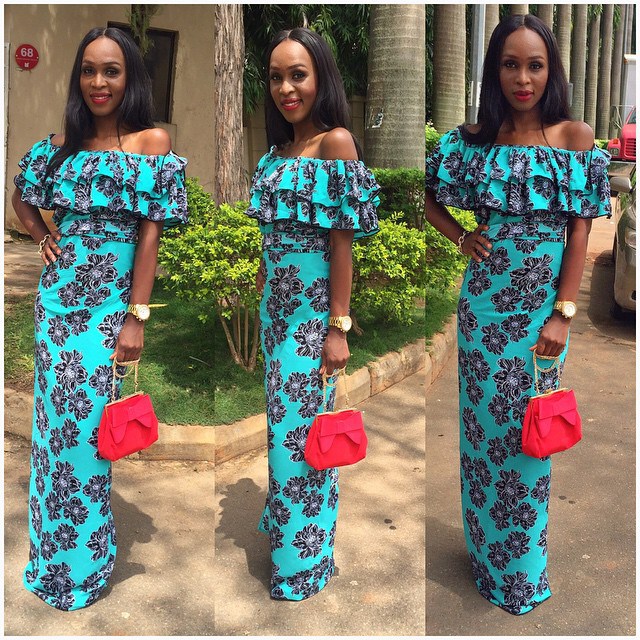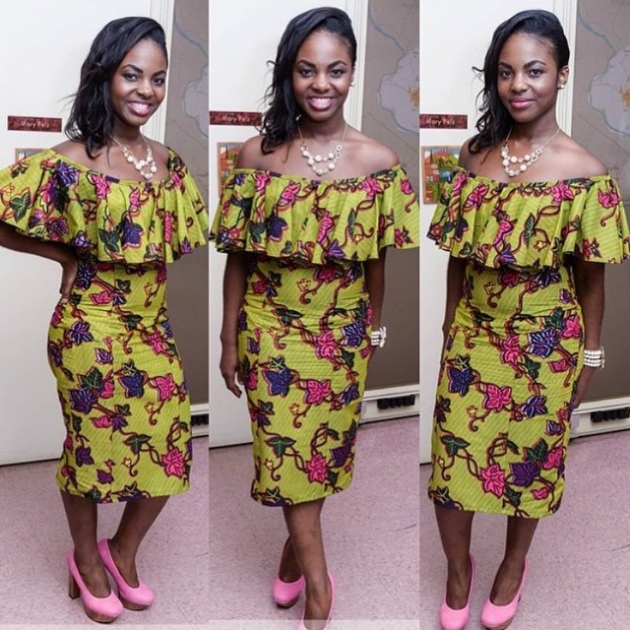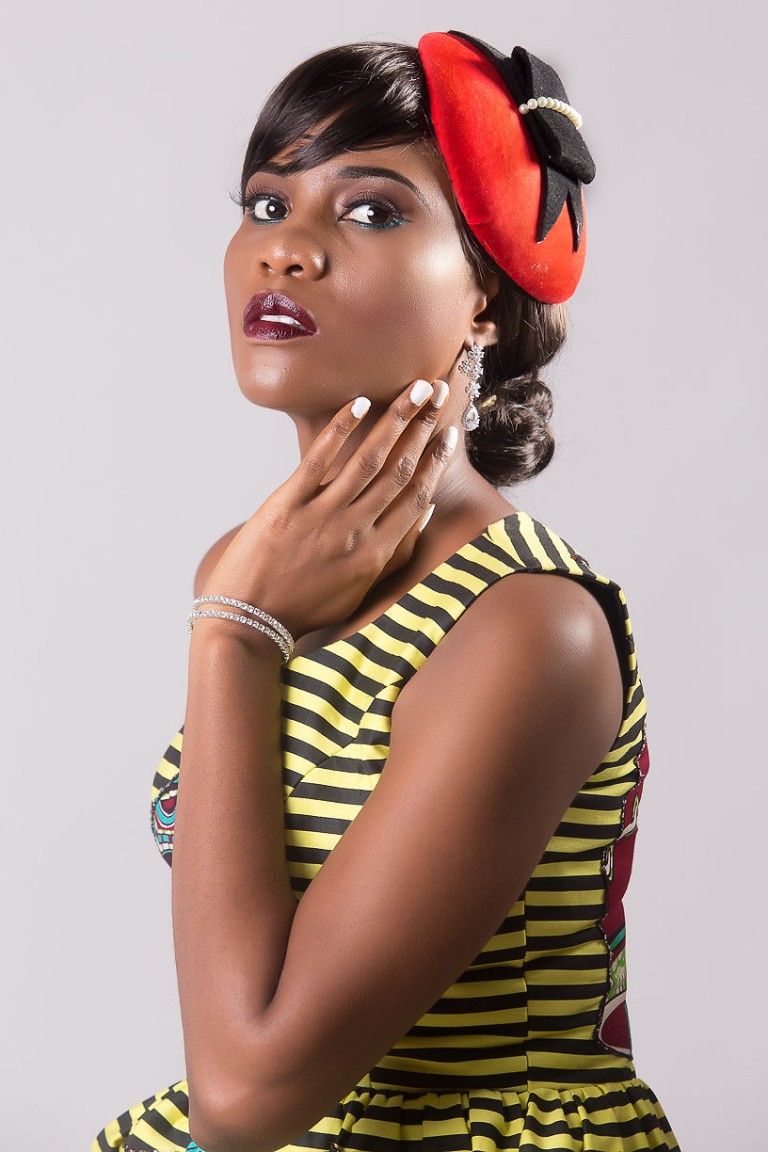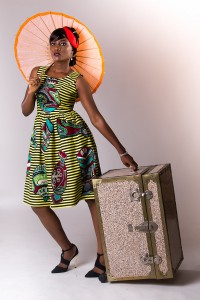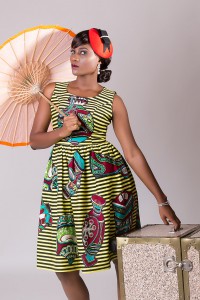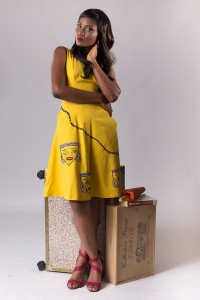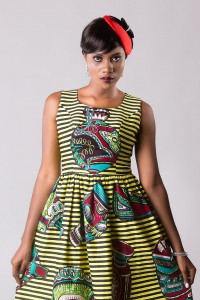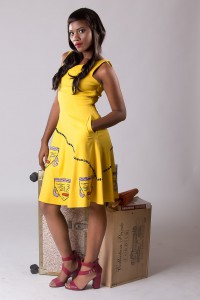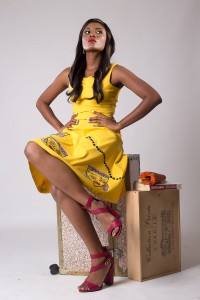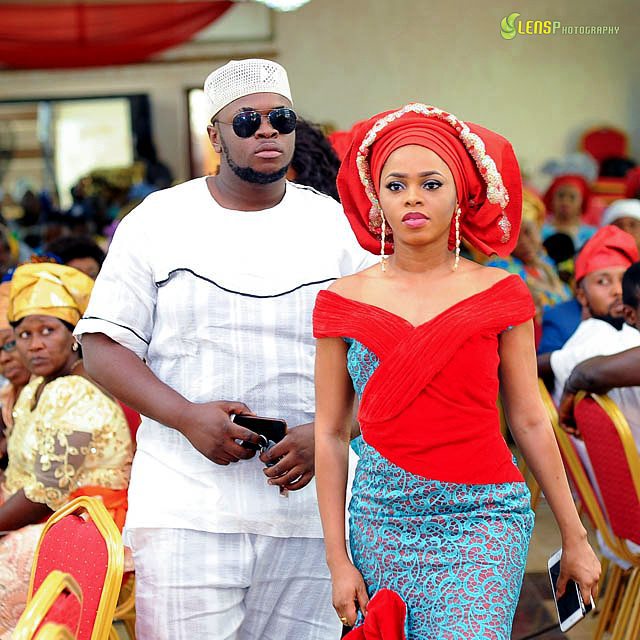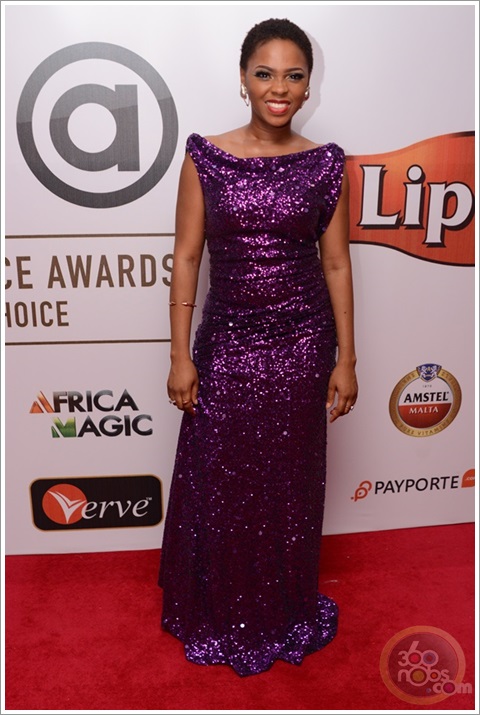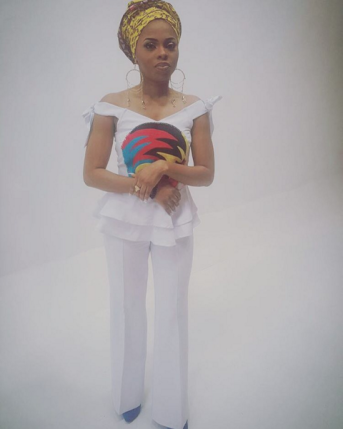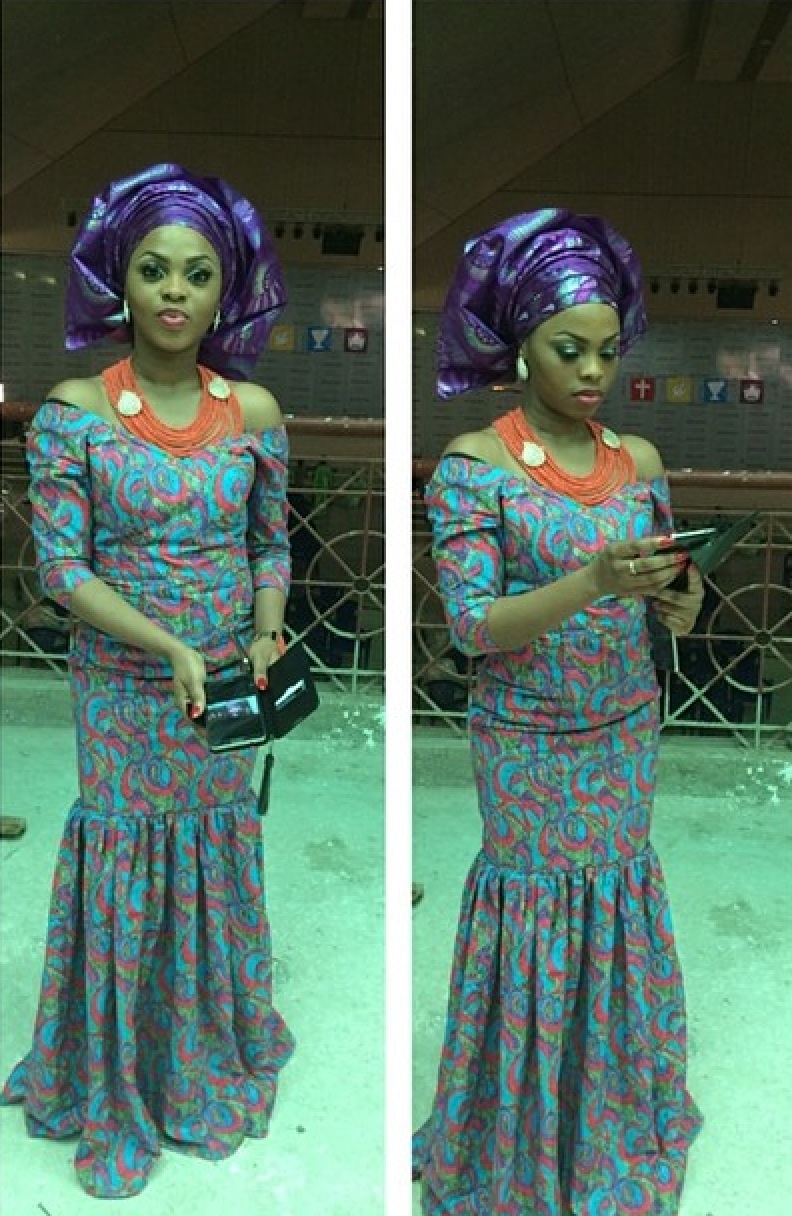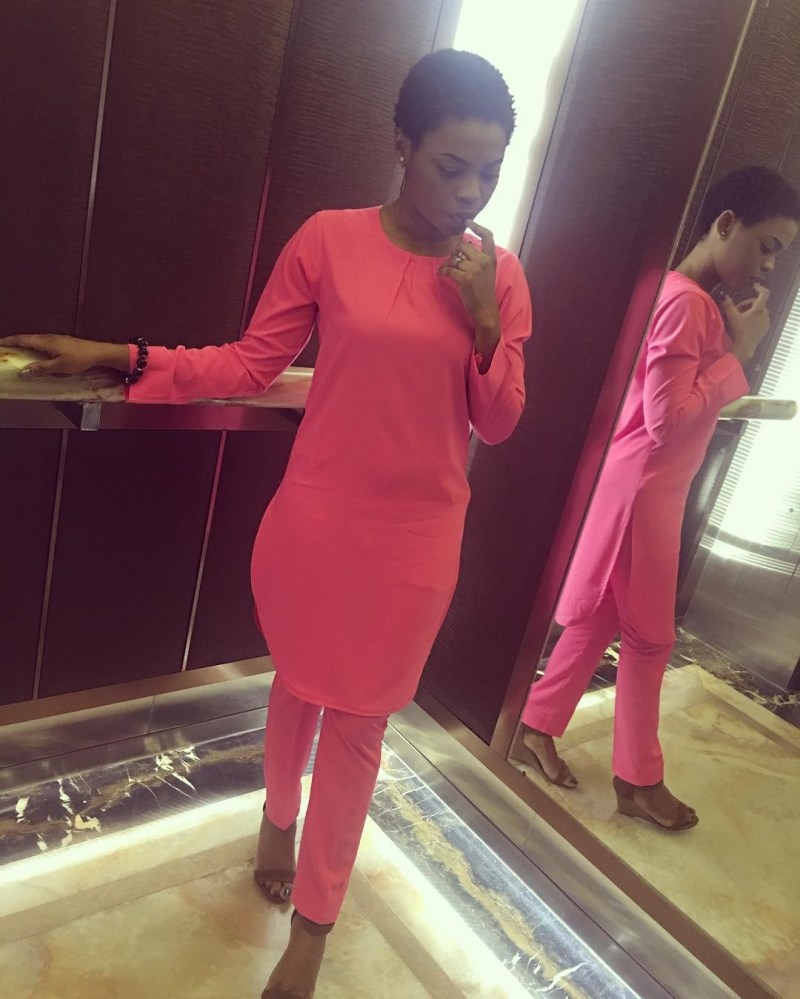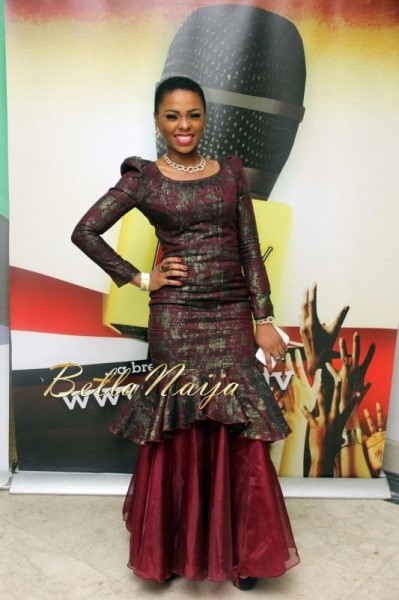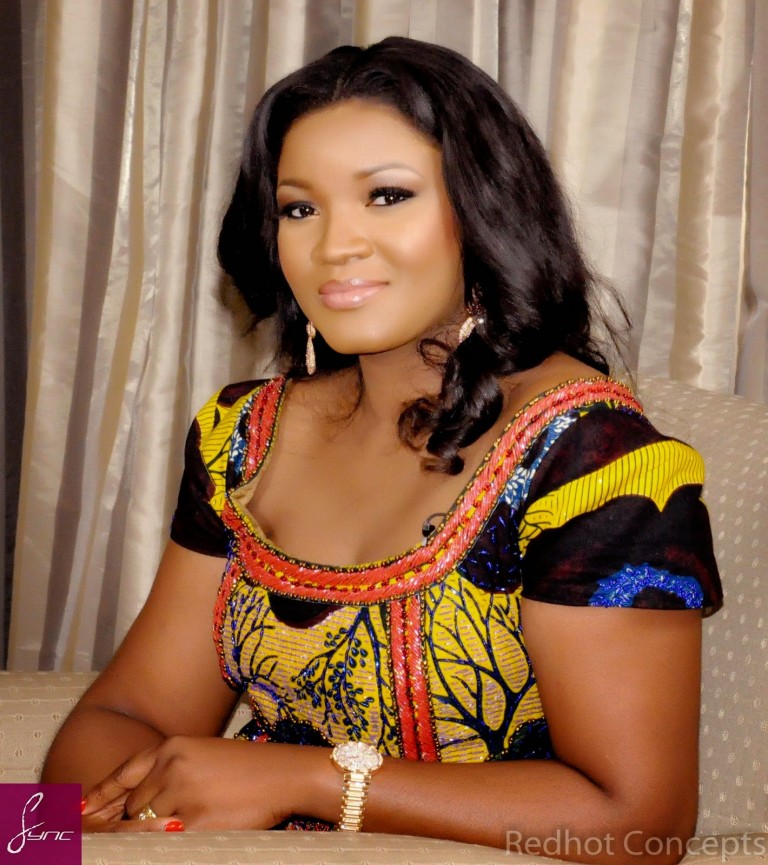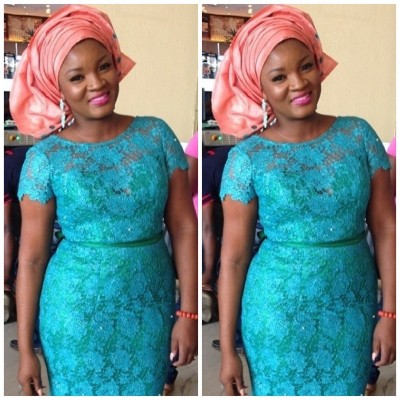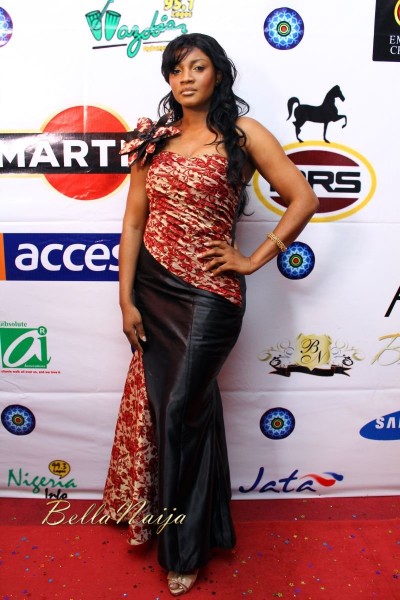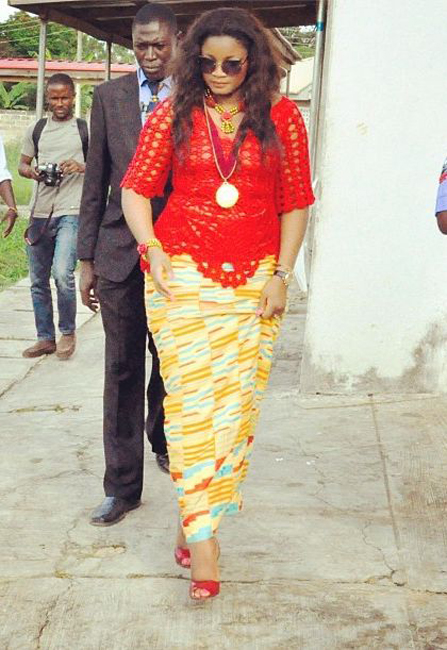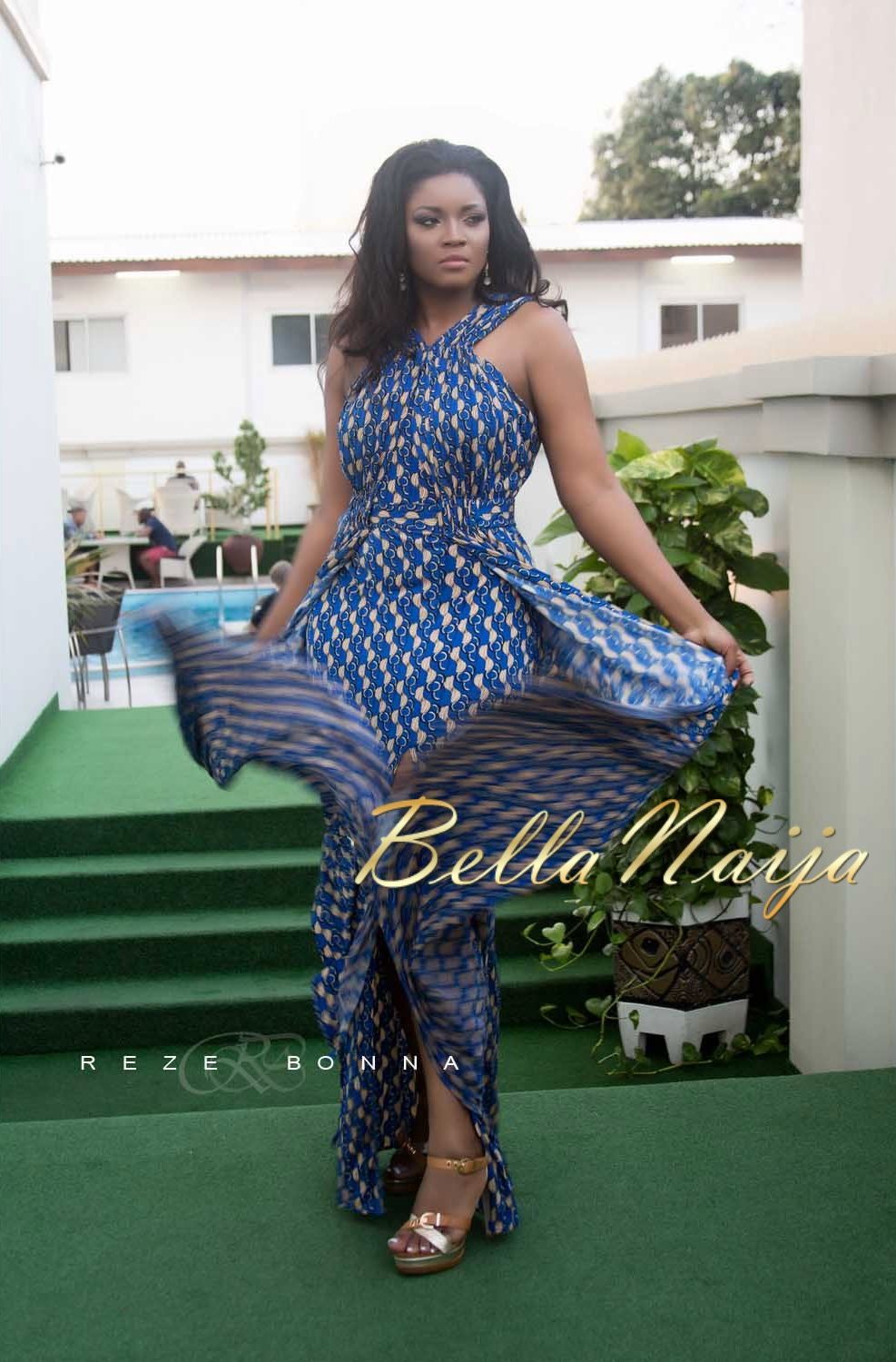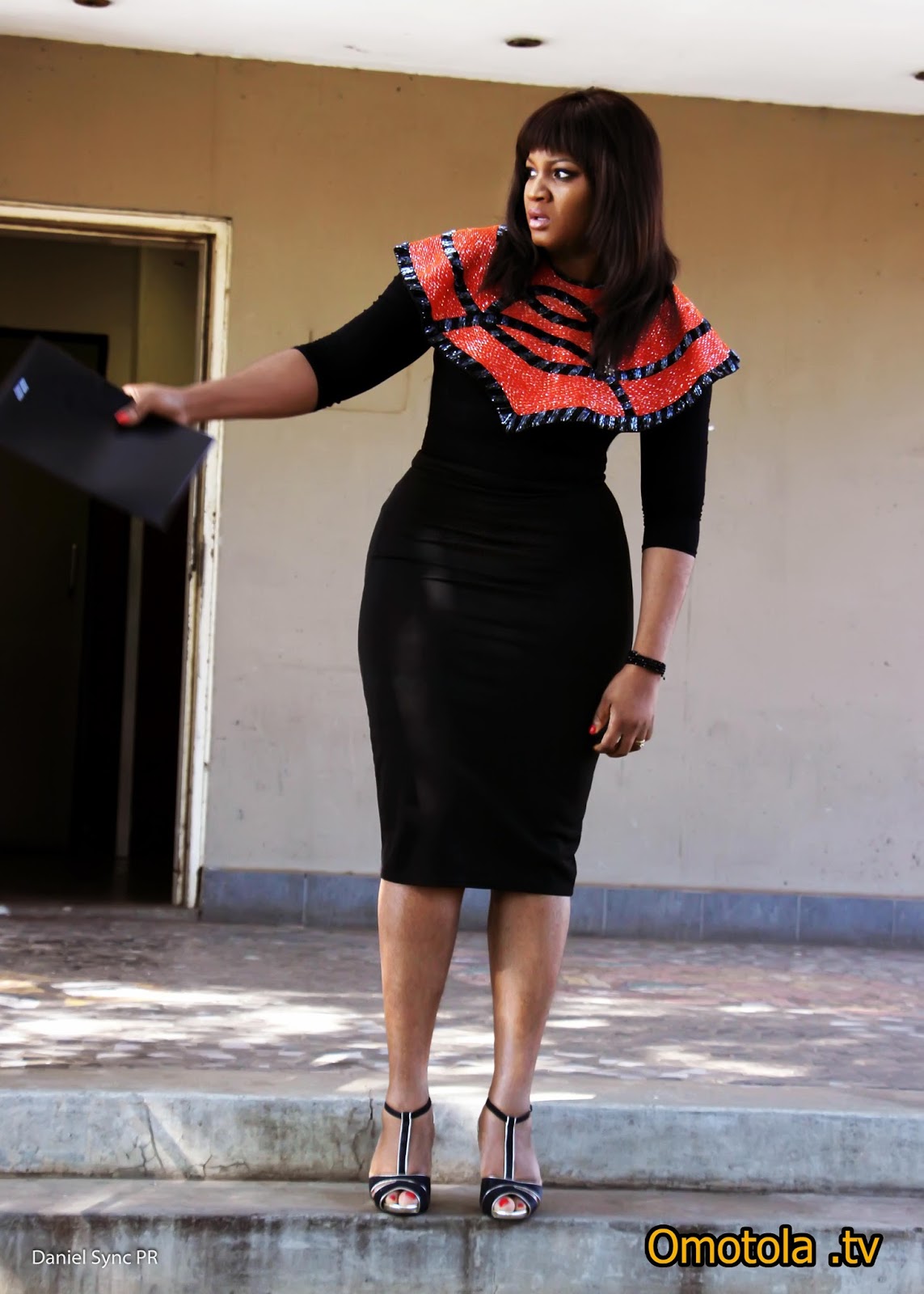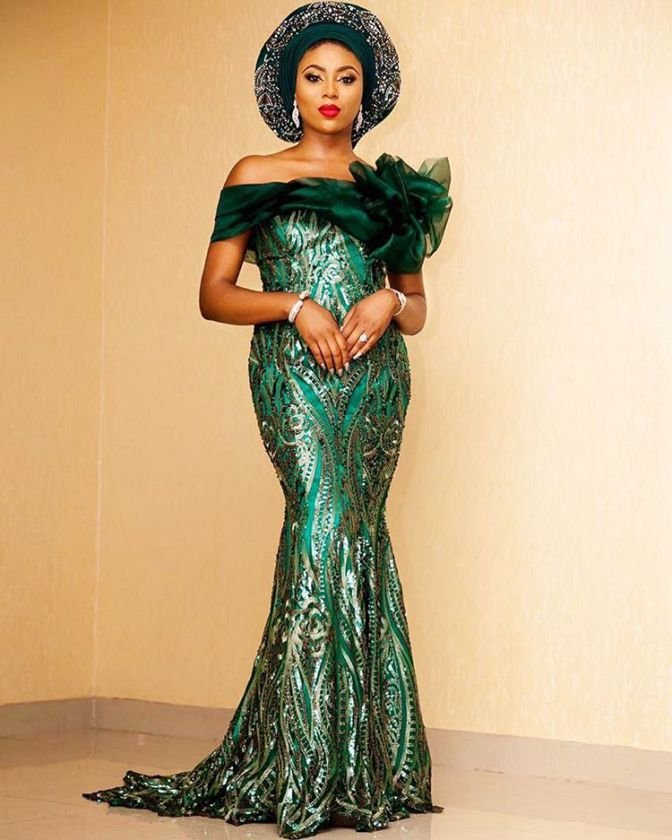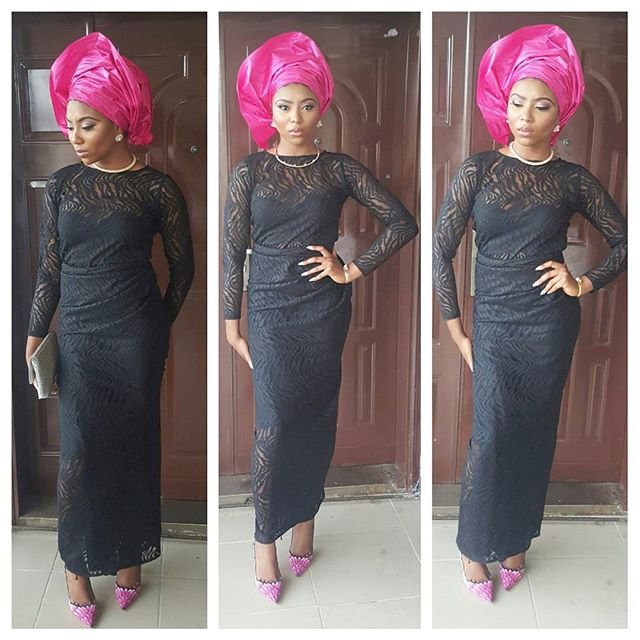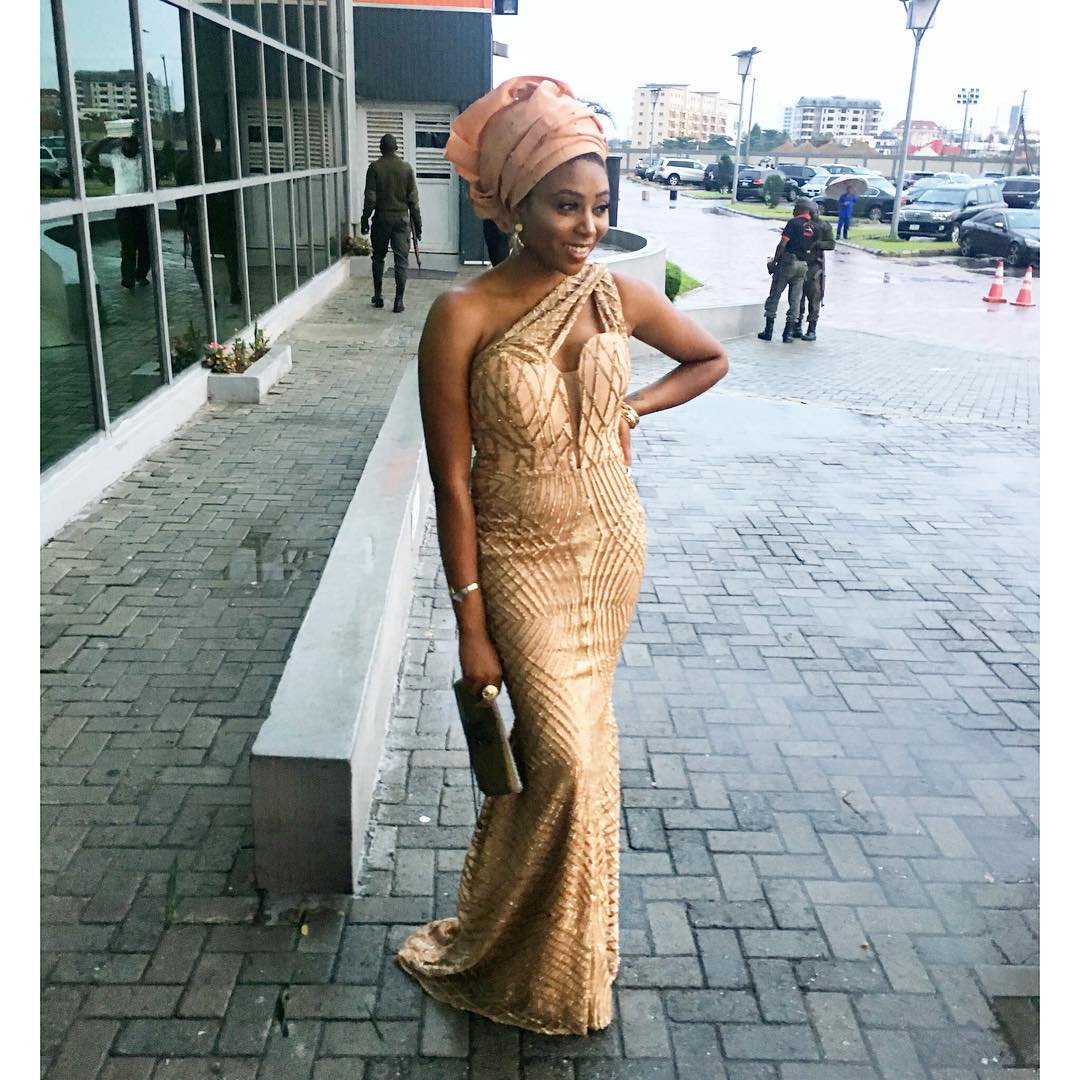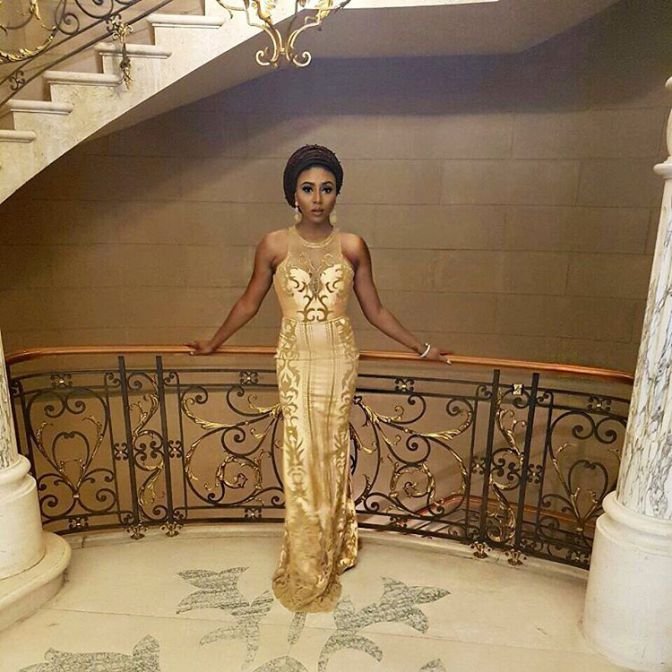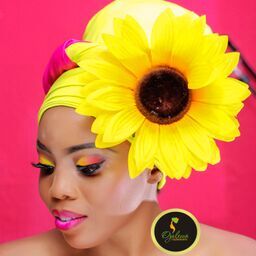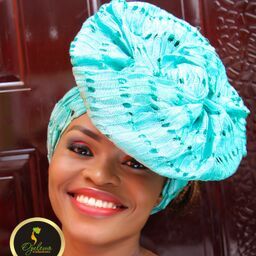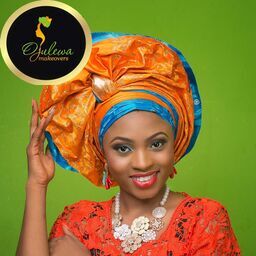Lotanna Amina Egwuatu holds a Bachelors degree in Engineering from Covenant University and a Master’s of Science degree from Lancaster University, United Kingdom , After her masters at the Gemological Institute of America (GIA) and training with several jewellery schools in New York, she returned home to start her own Jewellery brand “Mina Stones” . Lotanna is actively involved in projects aimed at growing the Nigerian gemstone and jewellery industry. She shares her tale and journey with us in this interview.
Growing Up
Growing up as the third child in a family of four children, I was raised by a hard working mother and a strong willed father. They taught me the value of Hard Work, and reinforced in me the belief that with God all things are possible. As an adult, these principles have guided all my activities, especially the pioneering work I’m doing right now, by creating awareness of Precious stones in Nigeria, and their use as Jewellery.
Meet Lotanna
I am Lotanna Amina Egwuatu, born and raised in Abuja. I attended Queens College Yaba. I obtained a B.Sc in Information and Communication Engineering from Covenant university after which I did a master’s program in E-business and innovation at Lancaster university, UK. After my masters I started Gemology courses with the Gemological Institute of America (GIA). I have trained with several jewellery schools in New York and I’m currently studying and working on building my brand – MINA STONES. I work with natural gemstones and precious metals to create handmade fine jewellery and accessories.
Passion for “Stones”
God is my inspiration. He gifted me with a passion for precious stones as well as the talent/ability to make fine jewellery from these precious stones and metals.
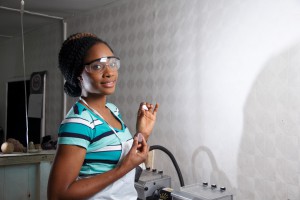
Personal Projects
I have some personal projects that are very dear to me. One of which also has to do with gemstones and jewellery. I’ve seen the potential in this field and I’m trying in my little way to see how we can collectively benefit from it.
In collaboration with the Raw materials research and development council in 2015, we organised the first ever gemstone and jewellery expo in Nigeria. I also have a calling to orphaned and less privileged children. I provide financial support for the school fees and overall wellbeing of these kids and by God’s grace in the future I will be able to do a lot more and especially with respect to building them up as grounded individuals and supporting their education on a greater level.
Letting Go….
I have felt like giving up several times. Those times were difficult for me , but I learnt to let go and let God. He gave me this passion for a reason.
Positive customer feedback inspire me
When I hear people tell me how beautiful my pieces are or a customer just keeps going on and on about how they are in love with their jewellery. It makes me deeply happy. I’ve received gifts from artisan miners who were grateful for my attempts at trying to grow the industry. That also made me happy. That they were seeing what I was doing and also felt the need to appreciate me made me really happy.
Nigerians know little about stones
The major challenge is the fact that Nigerians know too little about precious stones (Gemstones). I’ve had to explain over and over that natural gemstones are not man made crystals or imitations. They are mined from the earth. I’ve realised many people especially in Nigeria know only about Diamonds. But there are so many other types of precious stones like sapphire, emeralds, morganite, zircon, topaz, onyx, scapolite e.t.c and most people do not know anything about them.
Advice to women with same vision
Believe in yourself and be persistent. Challenges will come but it’s how you handle them that really matters. People will discourage you, some will encourage you. What’s most important is that you strongly believe in yourself regardless of external opinions. You can do anything you set your mind to. Only believe.
Doing something positive makes me a Woman of Rubies
I believe every woman has a unique purpose to create impact and change their world for the better in some way. I also believe in doing something no matter how small in the direction of your dreams. Right now I am actively involved in projects aimed at growing the Nigerian gemstone and jewellery industry.
Women should support one another
Our time has come. In the world we live in right now, a woman can become anything. So, let’s do just that. Let’s rise to our highest potential, and achieve great things.
Let us all do our own part and do away with the many distractions around us. We have a lot to do and I believe we get there faster when we together. As the Ubuntu Philosophy says – “I am what I am because of who we all are”. Let us all begin to look at the bigger picture.
